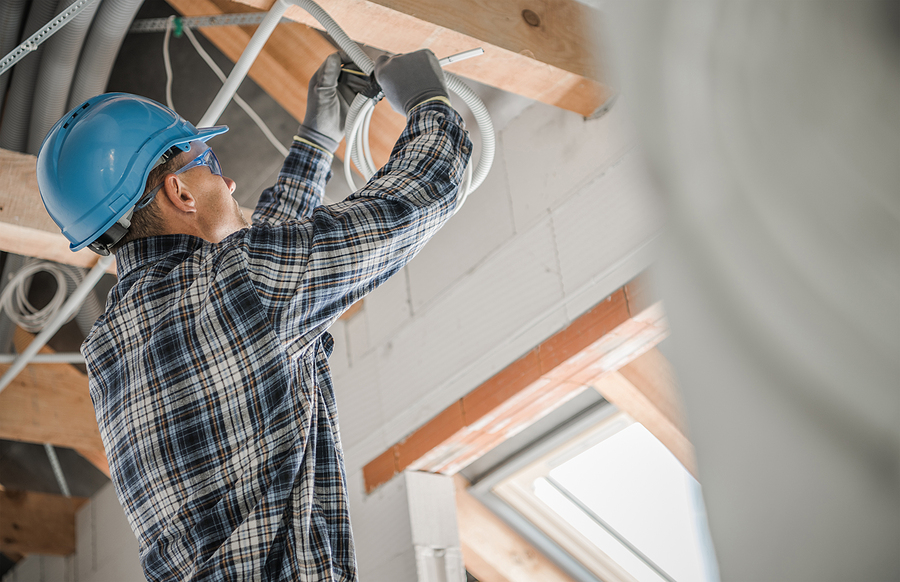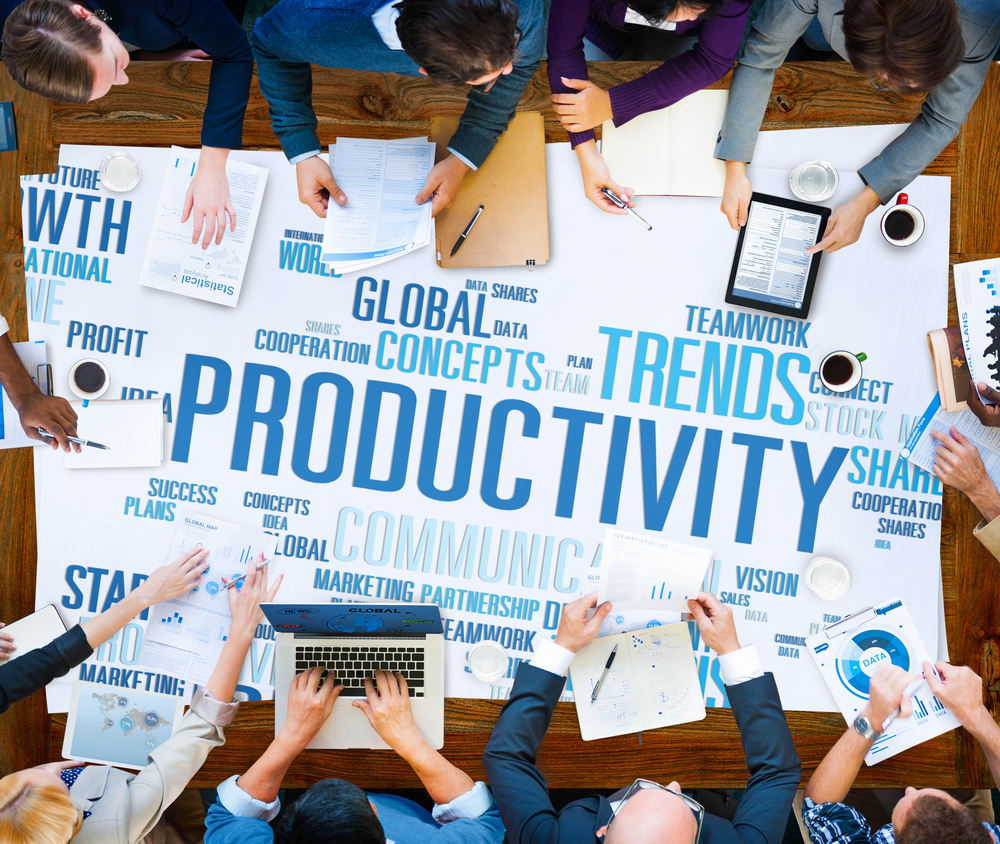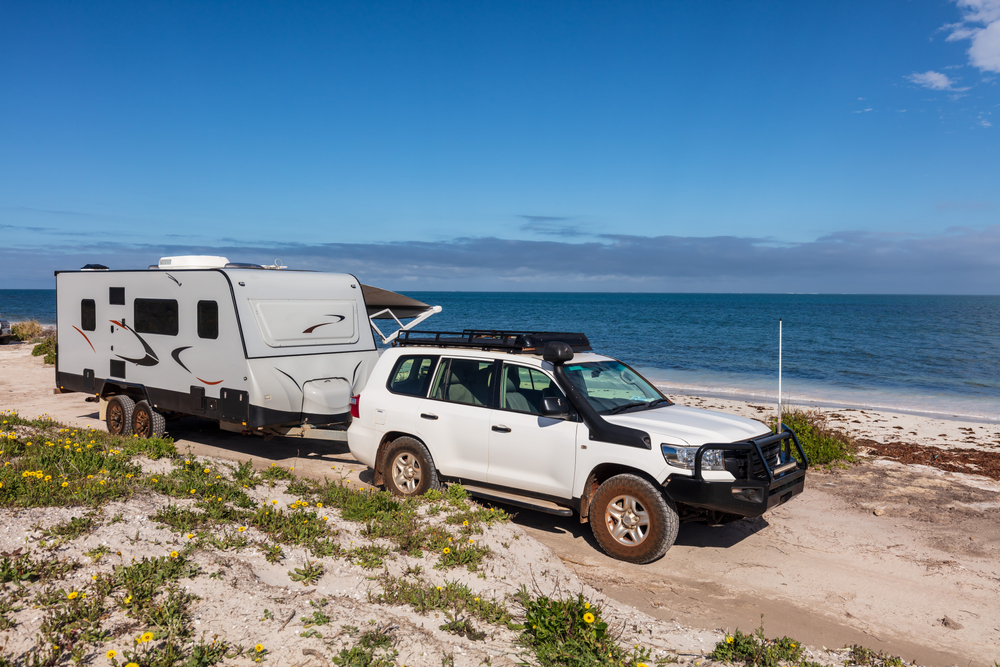The safeguard mechanism may cut industrial emissions but tradies will be the boots on the ground to electrify homes and save household budgets.
“We need to comprehensively reform how we train the young Australians that we need to, quite honestly, save our arses,” electrification guru Saul Griffith told politicians and smart energy bosses at federal parliament on Wednesday.
That is the way Australia not only wins in household savings in the next decade but also in emissions reduction, Dr Griffith said.
While the mechanism that’s set to pass parliament this week will tackle two-fifths of the economy’s emissions, there’s a grassroots push to transform the 10 million households that account for another two-fifths.
“It’s not an issue of wishing it, we need to will it and make it occur by reducing emissions out of our homes and through industry,” Industry and Science Minister Ed Husic said.
“This is a big job to do, particularly out of households.”
But Dr Griffith warned Australia was short on electricians, by tens of thousands, and lacked the technicians needed to install clean, efficient heating, ventilation and cooling systems.
“This is the fastest deployment of technologies for decarbonisation the world has ever seen – it’s go time,” he said.
Every solar cell, heat pump or electric vehicle charger has to be installed by a tradesperson, he explained.
The founder of Electrify Australia and former metallurgist said the country must also invest in the future of industries.
“If the world is to truly achieve its climate goals, Australia is the foundry,” he said.
Dr Griffith said the safeguard mechanism that will govern the biggest industrial plants and fossil fuel production may be “imperfect”.
But it is “global precedent-setting industrial policy”, and different to United States laws that focus on decarbonisation tax breaks for homes and small business, he said.
Whether clean steel and aluminium for solar racks or silicon for solar cells, Australia’s metals, mining and manufacturing could supply the world.
Nor does Australia need any more gas fields to hit climate targets or have energy security, he said.
“Australia does not have a gas shortage. We have enough gas to see us all the way through to zero emissions in the transition, in existing projects,” Dr Griffith said.
“Electrification will be the technology that wins.”
Many of the industry’s Smart Energy Council members saw the energy transition coming, including Brighte founder Katherine McConnell.
Her finance firm is working with the ACT and Tasmanian governments to roll out no-interest loans for new energy systems in homes.
Ms McConnell said passing the safeguard mechanism this week will mean certainty on decarbonisation – for industry and the community.
“It sends a strong signal to community that government is really backing this change,” she said.
But the entrepreneur said some are not getting access to cleaner, cheaper energy, and that’s where governments need to step up.
Independent MP Allegra Spender said people on lower incomes, renters and young people living in apartments have been the worst affected – living with poor insulation and lacking access to rooftop solar.
“After paying the rent, they don’t have enough money left over to get off expensive gas and invest in more efficient electrical appliances,” she said.
Hosting the meeting with ACT Senator David Pocock, she said government support for installing rooftop solar and more efficient appliances in Australia’s 10 million homes would save $300 billion in power bills between now and 2035.
Marion Rae
(Australian Associated Press)





